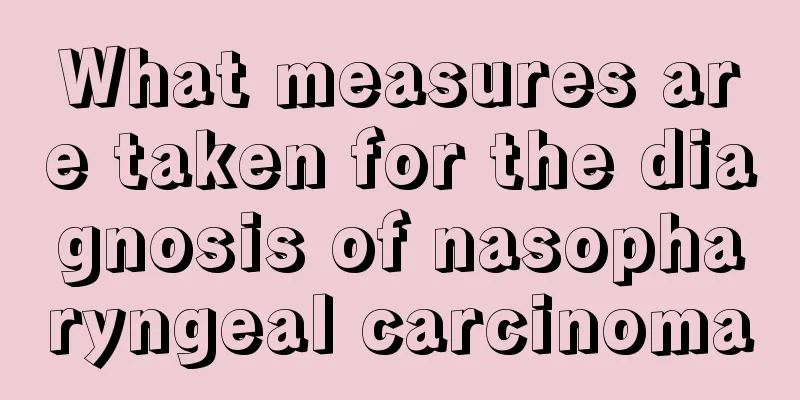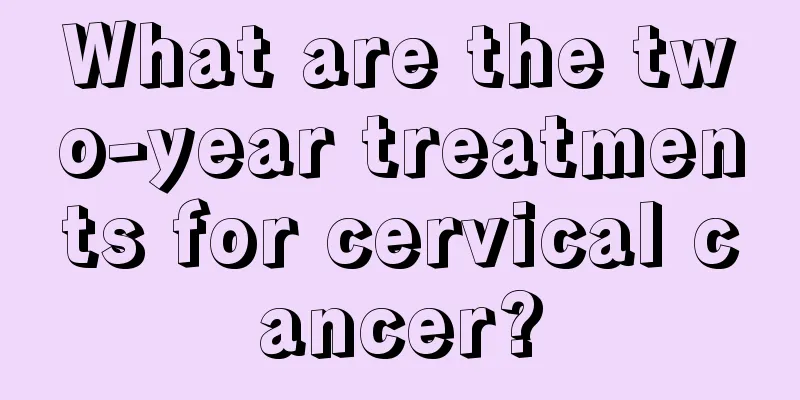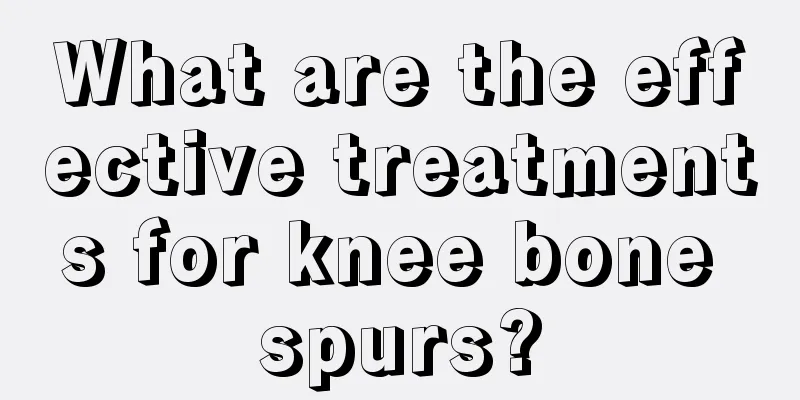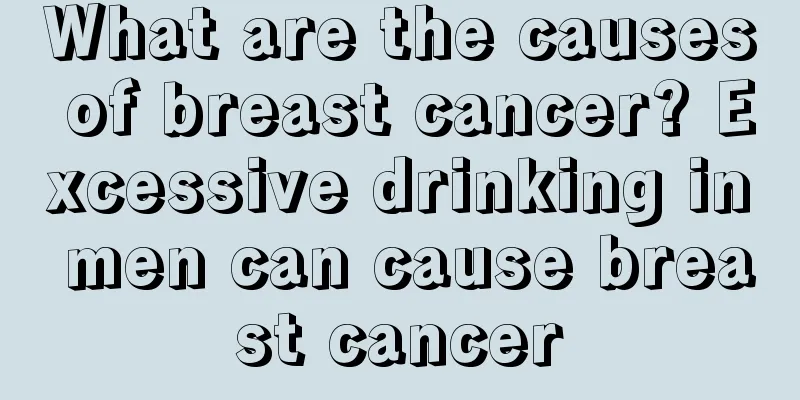What to do if the foramen ovale of the heart is not closed
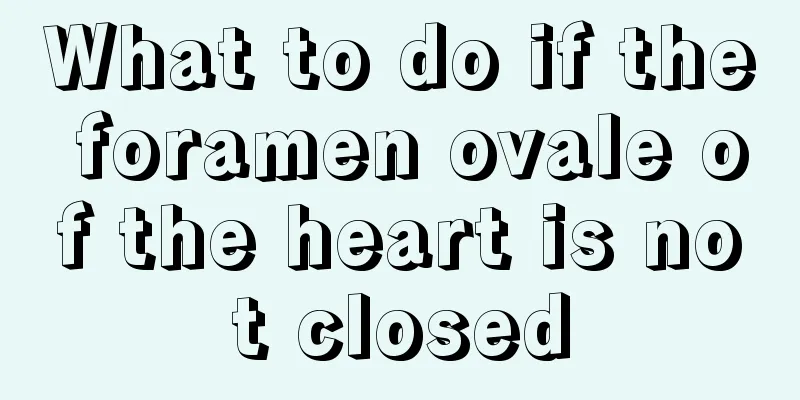
|
Patent foramen ovale is the most common congenital heart disease in life. Many children are especially prone to such symptoms, and it is also the most worrying thing for many parents. In fact, patent foramen ovale is not only a problem in children, but also in adults. However, it generally has no obvious symptoms and is sometimes not easy to be discovered by us. Let's learn what to do if the foramen ovale is not closed. The foramen ovale usually closes in the first year after birth. If the foramen ovale of a child over 3 years old still does not close, it is called a patent foramen ovale. 20% to 25% of adults have incompletely closed foramen ovale. Patent foramen ovale is currently the most common congenital heart abnormality in adults, and approximately 1 in 4 people in the normal population may be found to suffer from this disease. For a long time, people believed that patent foramen ovale generally does not cause shunting between the two chambers and has no effect on the hemodynamics of the heart, and therefore it is considered "insignificant." Many studies in recent years have shown that there is a close relationship between patent foramen ovale and patients with unexplained stroke. This is because through the patent foramen ovale, the following emboli can enter the left heart system and cause corresponding clinical symptoms: ①Thrombosis of the deep veins of the lower limbs or pelvic veins; ② Air embolism caused by decompression sickness or diving sickness; ③Fat embolus formed after surgery or trauma. Moreover, for patients with patent foramen ovale who have experienced thrombotic events, the risk of recurrence is still very high. Therefore, targeted treatment of the cause and closure of the open foramen ovale in high-risk groups are expected to reduce the incidence of patients. In addition, it has been found that patent foramen ovale is associated with the onset of decompression sickness, migraine, etc. Closing the foramen ovale may be beneficial to the above patients. What to do if the foramen ovale of the heart is not closed In the past, closure of patent foramen ovale relied on surgical procedures. Surgical treatment has a high success rate and a very low mortality rate, but it is highly traumatic and may cause complications such as atrial fibrillation, pericardial effusion, postoperative bleeding, and wound infection. Therefore, it has been rarely used in recent years. With the advancement of science and technology, especially the development of cardiac catheterization technology, a considerable number of left-to-right shunt congenital heart diseases (such as patent ductus arteriosus and atrioventricular septal defect) can be cured through interventional treatment. Clinical practice in recent years has shown that this technology is safe, effective and feasible for permanently closing an open foramen ovale. The above is an introduction to what to do if the foramen ovale of the heart is not closed. After understanding it, we know that such symptoms are generally treated through surgery, but if a child suffers from this disease, do not rush to perform surgery, because in many cases the child may recover automatically as he or she grows older, but during this period parents must take their children to the hospital for regular check-ups. |
>>: The role of coronary angiography
Recommend
The most obvious sign of stomach cancer
There is no single most obvious sign of gastric c...
Causes of white liquid in urine
If there is a problem with urine, it means that t...
How to treat myopic flashes in the eyes?
In recent years, more and more people are sufferi...
What are the real early symptoms of lung cancer
The continuous emergence of lung cancer has cause...
What are the symptoms of insufficient gastric motility
Insufficient gastric motility has occurred in man...
Treatment methods for otitis media, what patients should know
Otitis media and mastoiditis are ear diseases tha...
What are the treatments for anxiety disorders?
Everyone should be familiar with anxiety disorder...
What are the common symptoms of liver cancer?
Liver cancer is the third most common malignant t...
There are small bumps in the anus
Some people often feel discomfort in their anus a...
How to tie your hair with a hairpin
Many women like to keep long hair, especially lik...
Is prostate cancer more common in middle-aged people? How to treat male diseases with a normal mind
Nowadays, many people suffer from diseases. With ...
Things to note when flying
Cars, trains, and airplanes have become essential...
The harm of liver cancer needs to be paid more attention
In daily life, liver cancer is extremely harmful ...
What facial mask can remove acne and get rid of acne
As social pressure grows, acne is no longer limit...
What to do if your voice becomes hoarse after chemotherapy for nasopharyngeal carcinoma
What should I do if my voice becomes hoarse after...

